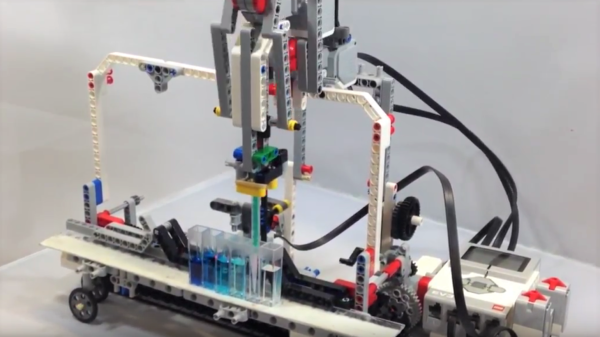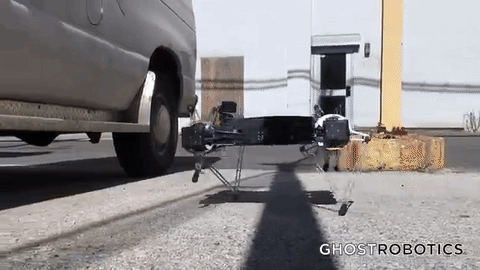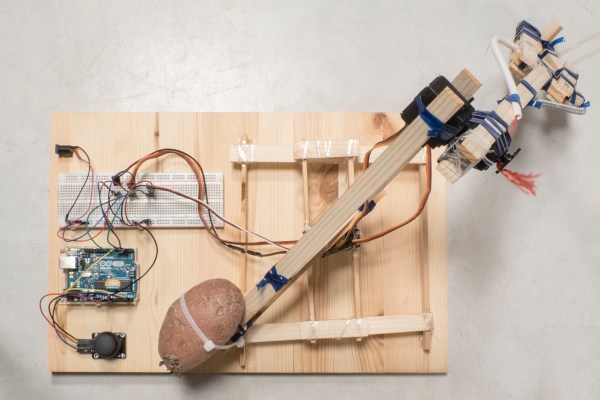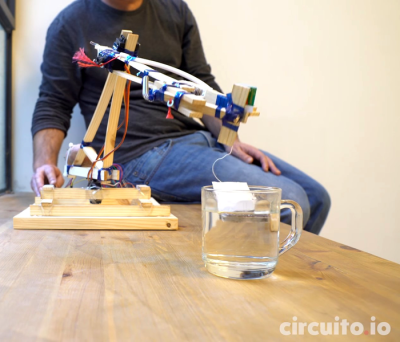How to train young engineers in industrial automation is a thorny issue. Most factories have big things that can do a lot of damage and cost tons of money if the newbie causes a crash. Solution: shrink the factory down to desktop size and let them practice on that.
Luckily for [Vadim], there’s an off-the-shelf solution for miniaturizing factory automation: FischerTechnik industrial training models. The models have motors, conveyors, pneumatic cylinders, and sensors galore, but the controller is not exactly the industry standard programmable logic controller (PLC). [Vadim] set out to remedy this by building an interface between the FischerTechnik models and a Siemens PLC. He went through a couple of revisions of his board, including one using rivets from the sewing store to interface with the FischerTechnic connectors. Eventually, he settled on more robust connectors and came up with a board that lets students delve into PLC programming without killing anyone. The video below shows it going through its paces; we can only imagine where playing with these kits as a kid would have led us.
As great as [Vadim]’s system is for training engineers, we can also see it helpful in getting kids interested in a career in industrial automation. We recently covered a similar effort to show kids big science using LEGO Mindstorms. Both of these can help get STEM kids to see the wider world of technical careers and perhaps steer them into automation. After all, the people who make the robots are probably going to be the last ones obsoleted, right?

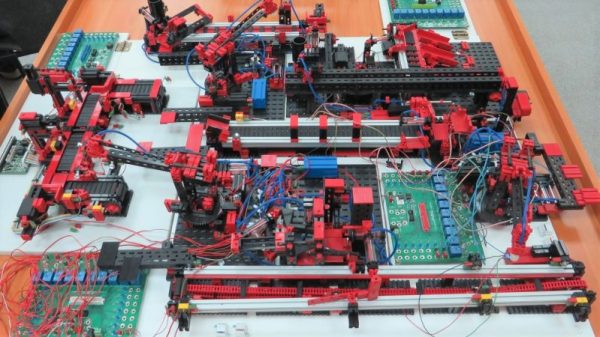

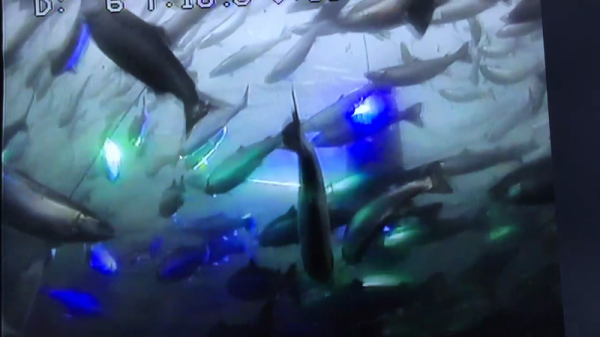
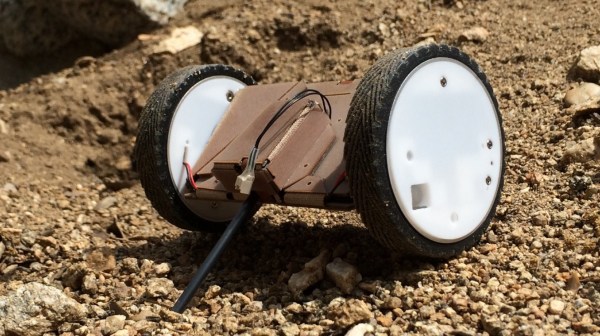
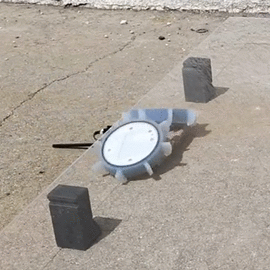 PUFFER — which stands for Pop-Up Flat-Folding Explorer Robot — is able to sense objects and adjust its profile accordingly by ‘folding’ itself into a smaller size to fit itself into nooks and crannies. It was designed so multiple PUFFERs could reside inside a larger craft and then be deployed to scout otherwise inaccessible terrain. Caves, lava tubes and shaded rock overhangs that could shelter organic material are prime candidates for exploration. The groups of PUFFERs will send the collected info back to the mother ship to be relayed to mother Earth.
PUFFER — which stands for Pop-Up Flat-Folding Explorer Robot — is able to sense objects and adjust its profile accordingly by ‘folding’ itself into a smaller size to fit itself into nooks and crannies. It was designed so multiple PUFFERs could reside inside a larger craft and then be deployed to scout otherwise inaccessible terrain. Caves, lava tubes and shaded rock overhangs that could shelter organic material are prime candidates for exploration. The groups of PUFFERs will send the collected info back to the mother ship to be relayed to mother Earth.